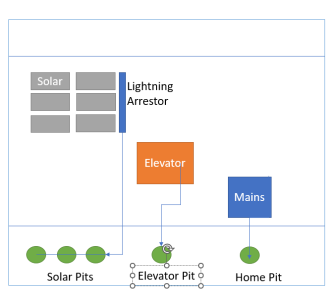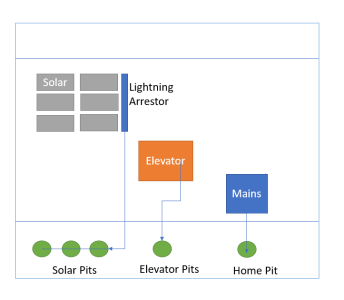Vivek Batra
Well-Known Member
Hi FMs
I am building a new stereo room in my new house. Current stage is wiring which is almost done. My house has 3 phase supply and the room is in the basement. So far I have decided to keep my music room on a separate phase isolated from rest of the basement. I have marked/labelled the wiring for the stereo room.
I have not installed any MCBs for the stereo room yet but for everything else its done. My queries are as follows
1. Is there any kind of product that replace normal MCBs and could do some kind of surge protection or voltage regulation
2. Or , in case I install a stabilizer near the mains just for the setero room,how can I run the room supply via stabilizer?
3. Any other suggestions?
Thanks
Vivek
I am building a new stereo room in my new house. Current stage is wiring which is almost done. My house has 3 phase supply and the room is in the basement. So far I have decided to keep my music room on a separate phase isolated from rest of the basement. I have marked/labelled the wiring for the stereo room.
I have not installed any MCBs for the stereo room yet but for everything else its done. My queries are as follows
1. Is there any kind of product that replace normal MCBs and could do some kind of surge protection or voltage regulation
2. Or , in case I install a stabilizer near the mains just for the setero room,how can I run the room supply via stabilizer?
3. Any other suggestions?
Thanks
Vivek



